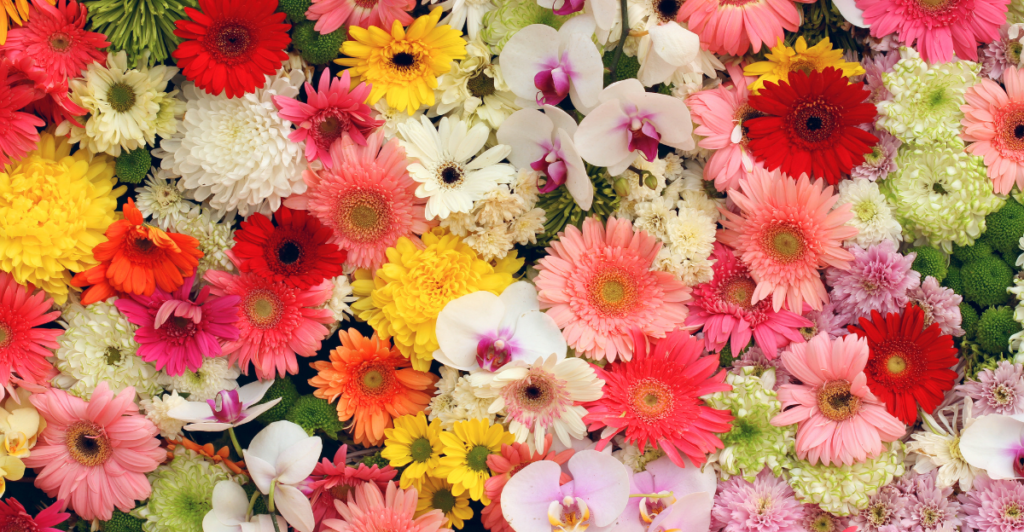
In the world of botany and symbolism, birth flowers hold a unique place, offering a beautiful representation of each month of the year. These flowers, much like birthstones, carry special meanings and characteristics that reflect the personality traits of those born in each month. Here’s a comprehensive guide to help you discover your birth flower and the symbolic meaning behind it.
January: Carnation and Snowdrop
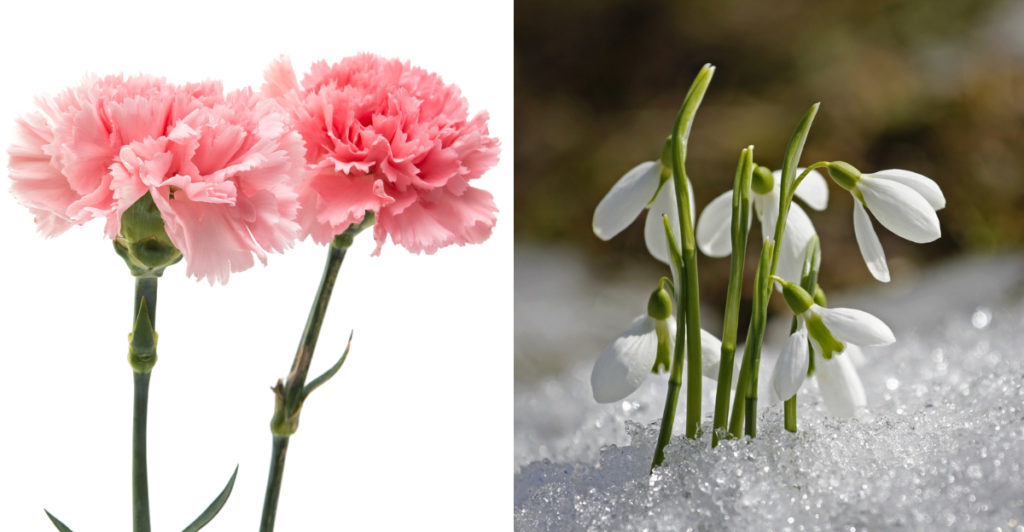
January’s birth flowers are the carnation and snowdrop. Carnations, with their ruffled petals, symbolize admiration, love, and distinction. Depending on their color, they can convey different meanings—red for deep love, white for purity, and pink for gratitude. The delicate snowdrop, often one of the first flowers to bloom after winter, symbolizes hope and rebirth, reflecting the resilience and optimism of those born in this chilly month.
February: Violet and Primrose
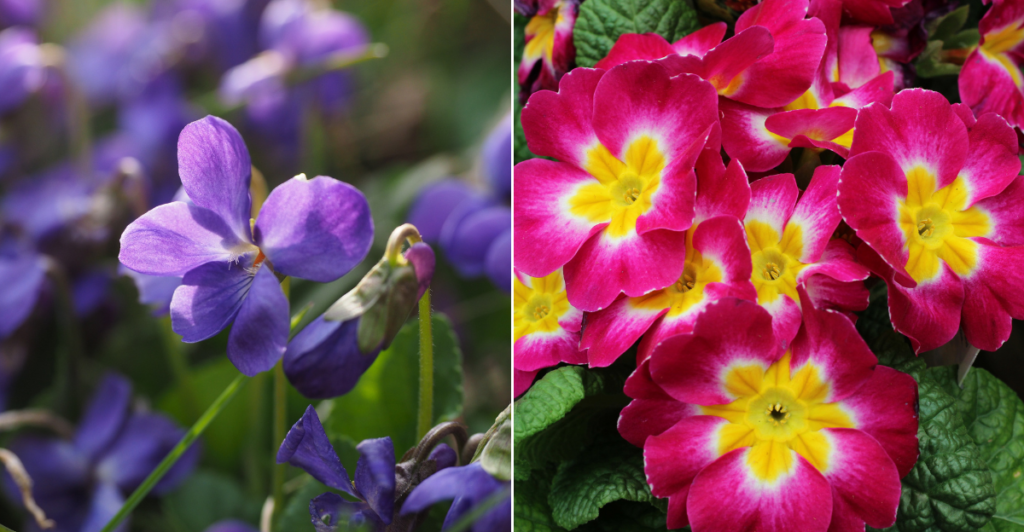
February’s birth flowers are the violet and primrose. Violets represent loyalty, humility, and faithfulness. Their vibrant purple hues are often associated with spiritual wisdom. The primrose, a symbol of young love, reflects the fresh and pure emotions of early affection. Together, these flowers capture the essence of deep emotions and steadfast devotion.
March: Daffodil
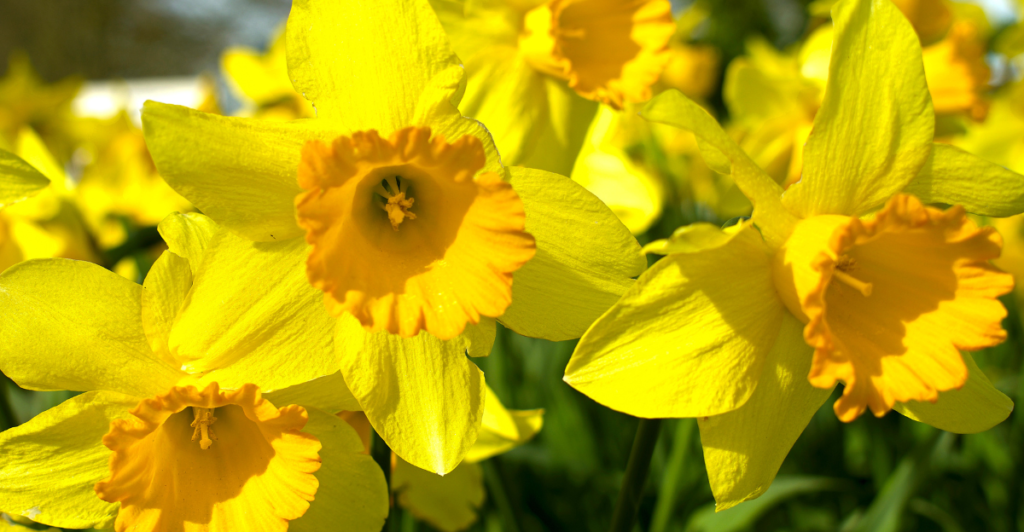
The cheerful daffodil is the birth flower for March. Known for heralding the arrival of spring, daffodils symbolize new beginnings, rebirth, and eternal life. Their bright yellow color is often associated with happiness, joy, and warmth, embodying the optimistic and energetic spirit of those born in March.
April: Daisy and Sweet Pea
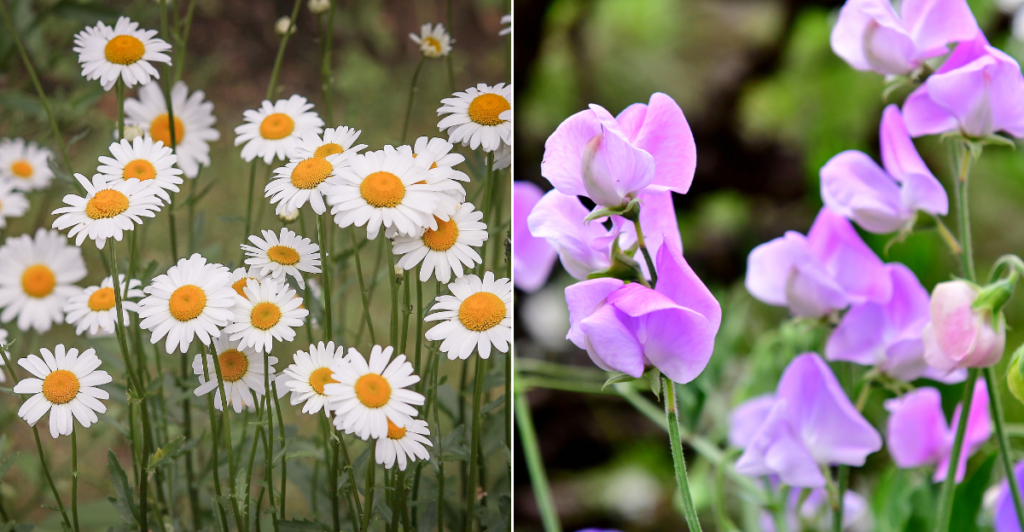
April’s birth flowers are the daisy and sweet pea. Daisies, with their simple and unassuming beauty, symbolize purity, innocence, and true love. The sweet pea, known for its fragrant blossoms, represents blissful pleasure and departure, often given as a token of gratitude. These flowers mirror the straightforward and appreciative nature of April-born individuals.
May: Lily of the Valley and Hawthorn
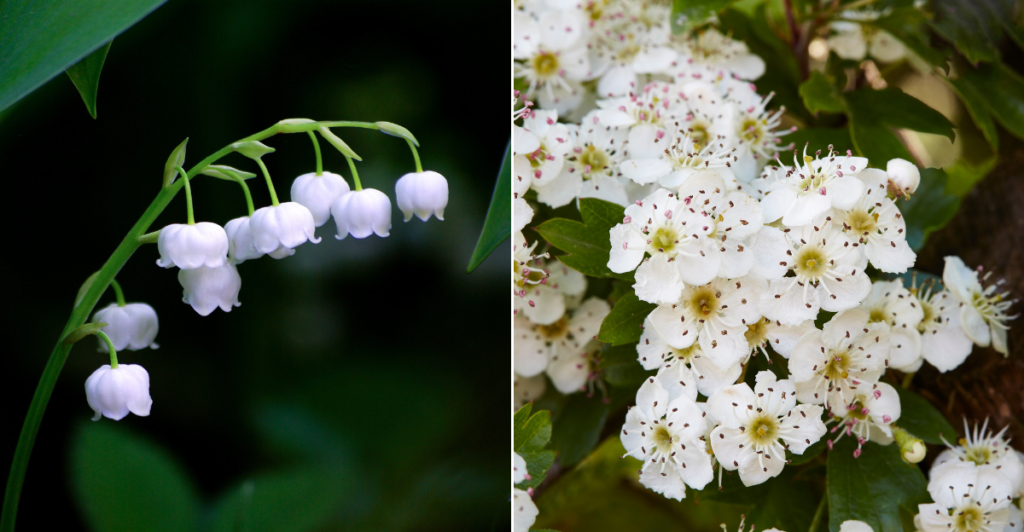
May’s birth flowers are the lily of the valley and hawthorn. The lily of the valley, with its delicate, bell-shaped blossoms, signifies sweetness, humility, and a return to happiness. Hawthorn, a flowering shrub, symbolizes hope and supreme happiness. Together, they represent the gentle and nurturing qualities of those born in May.
June: Rose and Honeysuckle
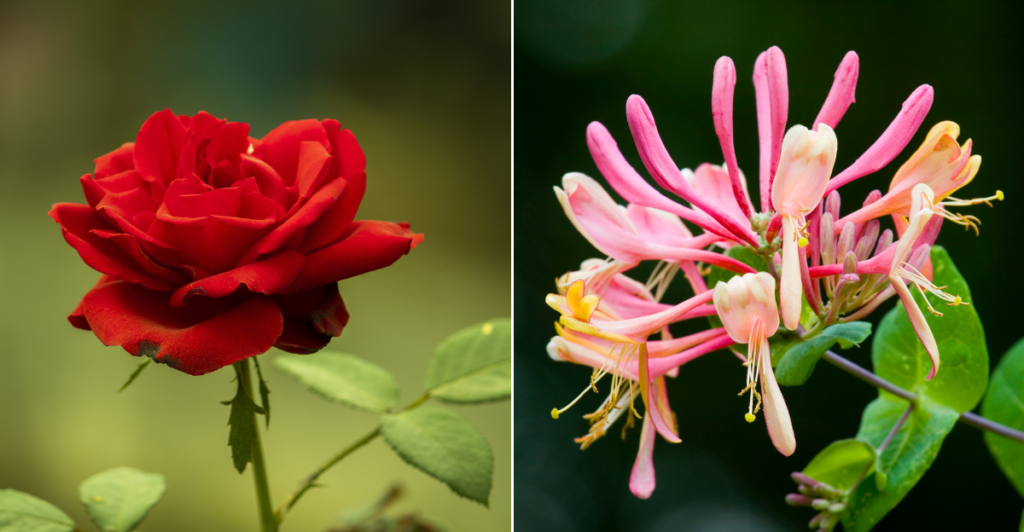
June’s birth flowers are the rose and honeysuckle. Roses, with their timeless beauty, symbolize love, passion, and appreciation. Each color carries a different meaning—red for love, yellow for friendship, and white for purity. Honeysuckle, with its sweet scent, represents bonds of love. These flowers reflect the romantic and affectionate nature of June-born individuals.
July: Larkspur and Water Lily
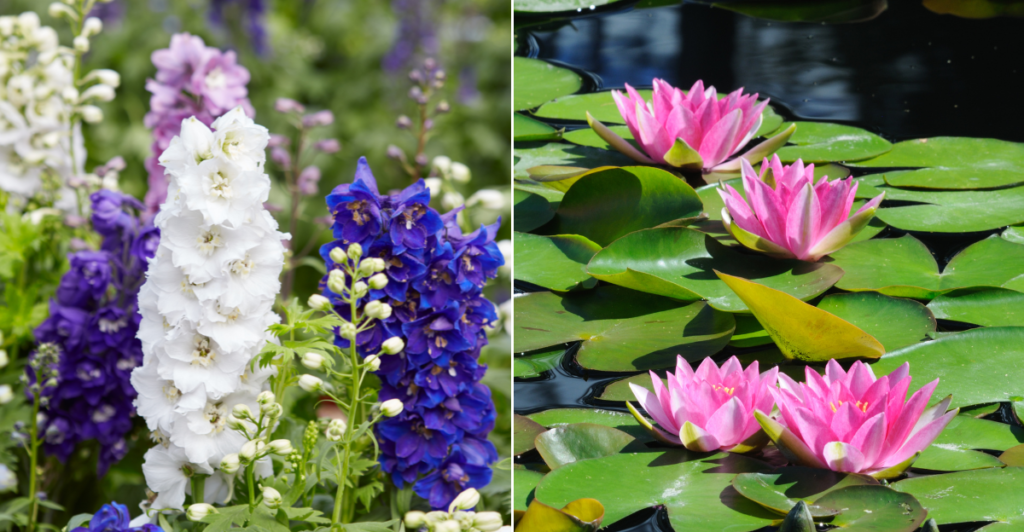
July’s birth flowers are the larkspur and water lily. Larkspur, with its tall, colorful spikes, symbolizes strong bonds of love, positivity, and an open heart. The water lily, often floating serenely on ponds, signifies purity, enlightenment, and rebirth. These flowers encapsulate the nurturing and thoughtful nature of those born in July.
August: Gladiolus and Poppy
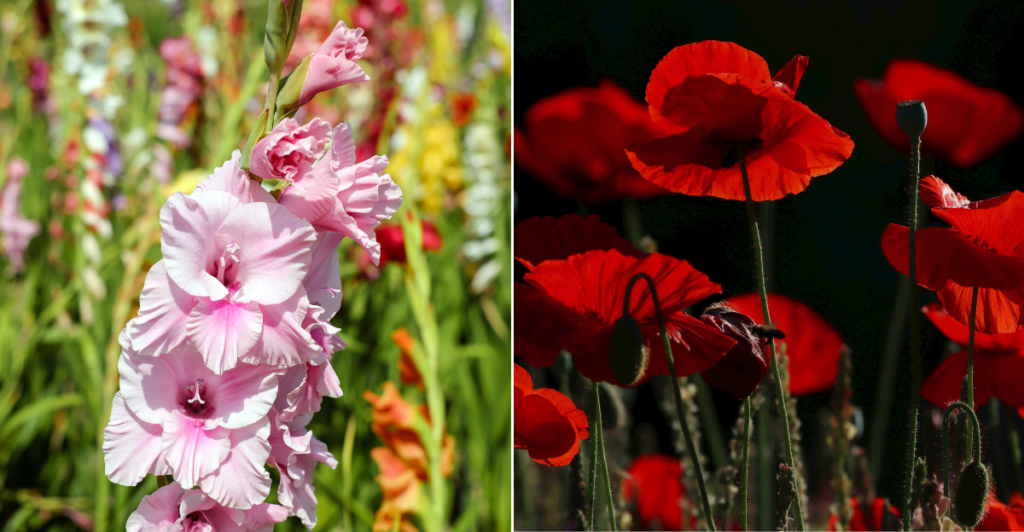
August’s birth flowers are the gladiolus and poppy. Gladiolus, with its sword-like leaves, symbolizes strength, integrity, and infatuation. The poppy, often associated with remembrance, also symbolizes imagination and eternal sleep. Together, they reflect the courageous and imaginative spirit of August-born individuals.
September: Aster and Morning Glory
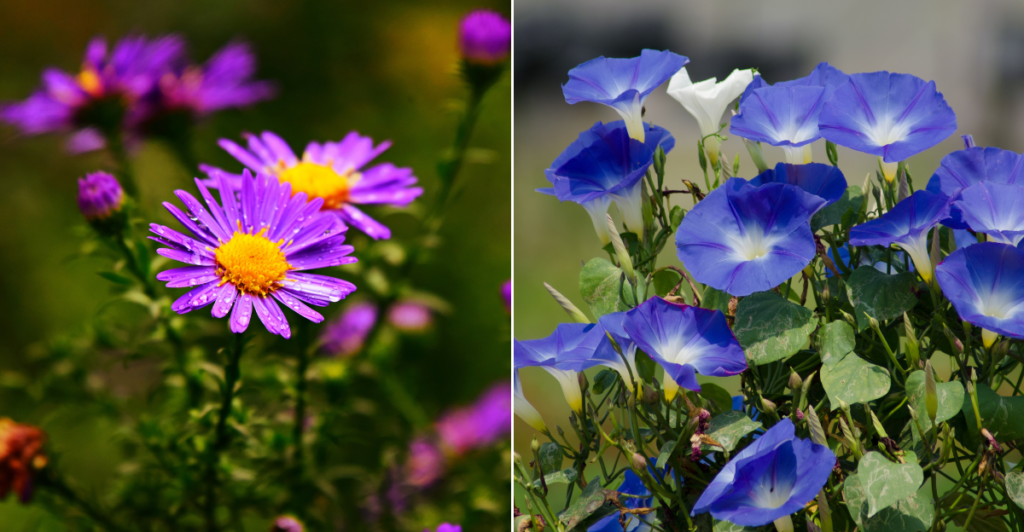
September’s birth flowers are the aster and morning glory. Asters, with their star-like blooms, symbolize love, wisdom, and faith. The morning glory, which opens its blooms in the early morning, represents affection, mortality, and the fleeting nature of life. These flowers capture the thoughtful and introspective qualities of those born in September.
October: Marigold and Cosmos
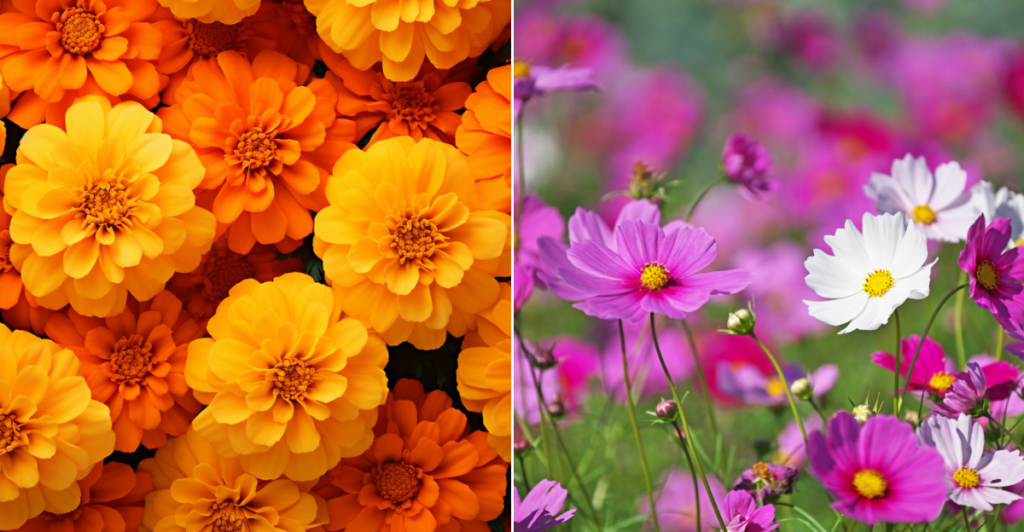
October’s birth flowers are the marigold and cosmos. Marigolds, known for their vibrant orange and yellow hues, symbolize warmth, creativity, and a drive for success. Cosmos, with their delicate petals, represent harmony, order, and tranquility. Together, they mirror the balanced and determined nature of October-born individuals.
November: Chrysanthemum
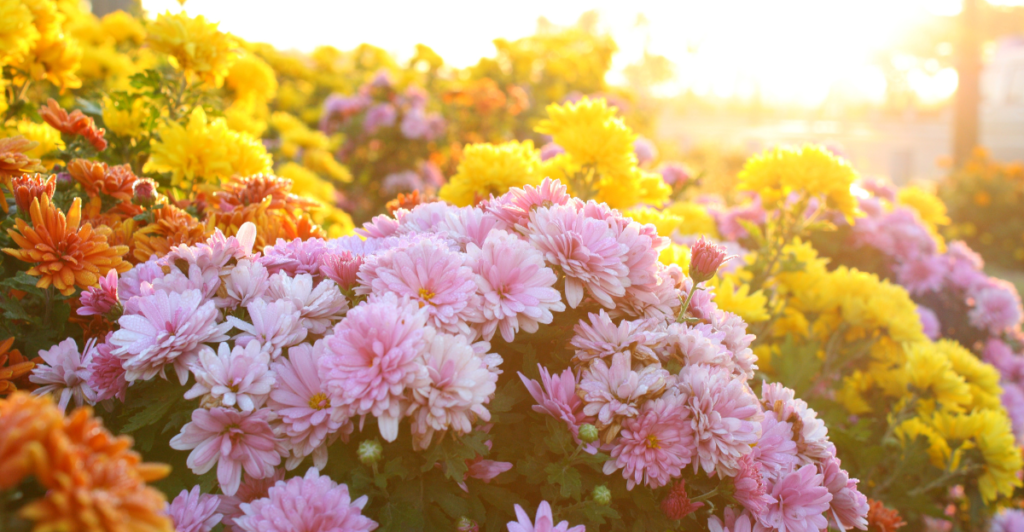
The chrysanthemum is the birth flower for November. Known for its vibrant colors and longevity, chrysanthemums symbolize loyalty, honesty, and joy. In various cultures, they are associated with the celebration of life and death, reflecting the depth and complexity of those born in November.
December: Narcissus and Holly
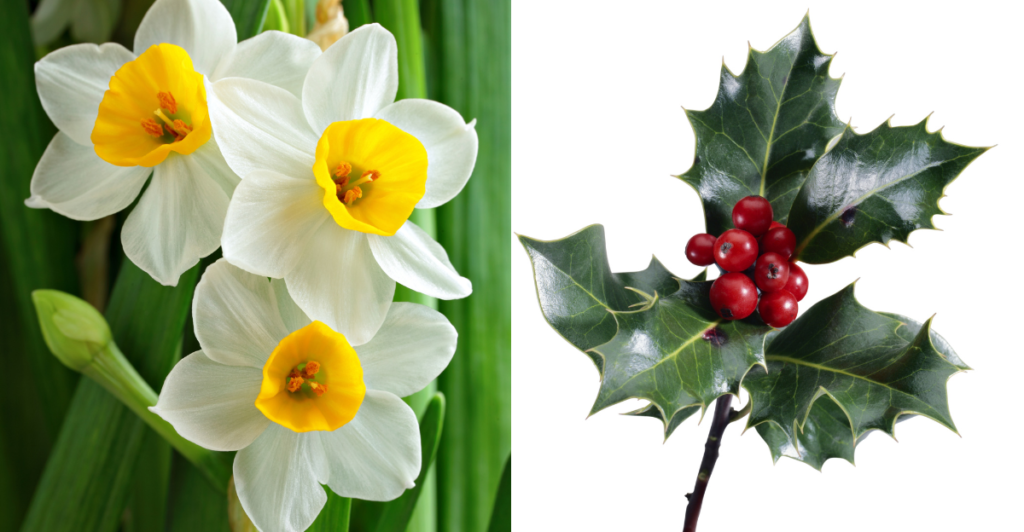
December’s birth flowers are the narcissus and holly. Narcissus, often associated with self-love and respect, symbolizes rebirth and new beginnings. Holly, with its red berries and evergreen leaves, represents protection, domestic happiness, and good fortune. These flowers embody the festive and resilient nature of December-born individuals.
Birth flowers offer a fascinating glimpse into the characteristics and symbolic meanings associated with each month. Whether you’re seeking insight into your own personality or looking for a meaningful gift, understanding the significance of birth flowers can add a special touch of beauty and meaning to any occasion.
Discover more of our trending stories and follow us to keep them appearing in your feed

Meet the Massive Crocodiles That Make Their Homes 40 Feet Underground
The 12 Prettiest Flowers in the World—Ranked
13 Flowers to Transform Your Garden Into a Bee Magnet
Reasons Why HOAs Should Encourage Wildlife Gardening in Neighborhoods
Stay connected with us for more stories like this! Follow us to get the latest updates or hit the Follow button at the top of this article, and let us know what you think by leaving your feedback below. We’d love to hear from you!







